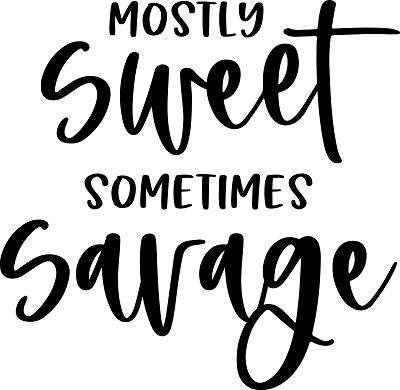 First and foremost, before we can help children suffering from social anxiety, it is imperative we understand the difference between typical childhood shyness, and the disorder, social anxiety. Only then can we begin any number of modalities to help these children.
First and foremost, before we can help children suffering from social anxiety, it is imperative we understand the difference between typical childhood shyness, and the disorder, social anxiety. Only then can we begin any number of modalities to help these children.
Childhood shyness is characterized by an aversion to unfamiliar social stimuli without gentle encouragement. Social anxiety in children comes with a much more complex symptomology.
For instance, little Sally has a few close friends and will even gladly go to birthday parties, but if she’s invited to a sleepover where she might encounter children other than her close friends, she will feel nervous about going and possibly decline the invitation. This is normal shyness.
On the other hand, little Johnny doesn’t have many friends at all, lacks social skills and confidence to make friends, and has a fear they will not like him. He sits in the back of the classroom afraid to ask for help because he doesn’t want the other kids or teacher to notice him or make fun of him.
If he is forced to speak, he starts sweating, his heart begins to pound, his stomach begins to feel queasy and he feels sure he’s going to stumble over his words and make a big fool of himself. This is social anxiety.
Ways to Help
Give the problem a name. Call it what it is. It’s real and debilitating and terrifying. To enable helpful coping mechanisms, kids need to connect the dots and realize this isn’t something that can’t be addressed. They don’t need to be ashamed and feel like they will always be outsiders.
Social anxiety commonly manifests itself in physical symptoms. These little children don’t always recognize that the physical response is directly related to their emotional triggers.
Work on Social Skills
Remember when we used to stay outside playing with our friends until we were called in to dinner? Today, kids are more likely to have their faces stuck behind a screen. Technology has really limited social interaction, and it’s so desperately needed.
Simple things like greetings, how to start a conversation with someone, and how to listen and adequately respond; these are a good starting point. Practice at home and have them practice with peers.
Teach Relaxation Techniques
When your child is feeling anxious before or during a social experience, they need a way to self-soothe. They have to know the world isn’t going to end when it’s impossible for them to be invisible. Deep breathing exercises are a great tool to calm a pounding heart.
Show them how to inhale for 3 seconds, hold it for 3 seconds and exhale for 3 seconds. Muscles tend to become extremely tense during an anxiety attack, so help them to squeeze their fists for a few seconds and then slowly relax.
Change Negative Phrases and Feelings to Positive
Children with social anxiety get overwhelmed with negative thought patterns. When your child says things like, “I’m not going to ask for help because my teacher will be mad at me for not listening… ” or, “My teacher thinks I’m dumb because I got the math problem wrong.”
Reinforce positive thinking by explaining their teacher is there to help them learn and they won’t get into trouble for asking a question. Let them know, that the only silly question, is the one they don’t ask.
Helping kids learn to push their social anxiety to the side long enough to get through their fears is totally doable. Once they get comfortable enough to realize worst-case scenario thinking patterns aren’t helpful and usually never happens that way anyway, it becomes easier for them to develop better social skills.
They then feel more at ease employing tactics to control the physical symptoms related to their triggers. The techniques above should help get you started on helping a child with social anxiety overcome and persevere.




